
What Is the Downside of an Induction Hob?
Induction hobs have become a popular choice in modern kitchens, offering sleek design, rapid cooking, and precise control. But while they’re often praised for their high performance, induction hobs also come with a few potential downsides that are worth considering before making a purchase.
In this article, we’ll explore the main disadvantages of induction hobs, what happens if you use the wrong type of pan, why so many chefs still prefer them—and their key advantages.
What Is an Induction Hob and How Does It Work?
Unlike gas or traditional electric hobs, induction hobs use electromagnetic fields to heat cookware directly. When you place a compatible pan on the cooking zone, a magnetic current flows through it, heating the pan almost instantly. The glass surface itself stays relatively cool, as the heat is generated in the pan—not on the hob.

What Happens If You Put a Normal Pan on an Induction Hob?
If you place a non-magnetic (or non-induction compatible) pan on an induction hob, nothing will happen. The hob won’t detect the pan and won’t heat up. Some models may show an error message or emit a beep to let you know the pan isn’t suitable.
To work with induction, your pan must have a magnetic base. Cast iron, stainless steel, and some aluminium pans with magnetic bottoms will work. If you’re unsure, try the magnet test: if a fridge magnet sticks to the bottom of your pan, it should work on an induction hob.
What Are the Disadvantages of Induction Hobs?
While induction hobs offer impressive performance, they do have a few potential drawbacks:
- Cost: Induction hobs are typically more expensive than gas or standard electric models, especially when it comes to installation.
- Cookware Compatibility: You may need to replace some or all of your pots and pans if they aren’t suitable for induction cooking.
- Learning Curve: The controls can feel overly sensitive or unfamiliar if you’re used to gas or traditional electric hobs.
- Noise: Some induction hobs produce a humming or buzzing noise during use, especially at high settings or with certain types of pans.
- Fragility: The glass surface, while easy to clean, can scratch or crack if something heavy is dropped on it.
- Power Dependency: Unlike gas, induction hobs rely entirely on electricity. During a power cut, you won’t be able to cook.
What Are the Advantages of Induction Hobs?
Despite the downsides, induction hobs also offer several notable benefits:
- Speed: Induction is one of the fastest cooking methods, boiling water and heating food much quicker than gas or electric.
- Energy Efficiency: Less energy is wasted, as heat is generated directly in the pan rather than the surrounding air.
- Safety: The hob surface remains cool to the touch, reducing the risk of burns. It also switches off automatically when a pan is removed.
- Precision: Perfect for simmering, melting chocolate, or cooking delicate dishes thanks to excellent temperature control.
- Easy Cleaning: The flat, smooth surface is simple to wipe down, with no exposed elements or open flames to clean around.
Why Do Chefs Use Induction Hobs?
Many professional chefs are choosing induction cooking—not just at home, but in commercial kitchens too. Here’s why:
- Speed and Efficiency: In a fast-paced kitchen, induction provides rapid heat and quick reaction times.
- Precision Control: Essential for sauces and high-end dishes that need exact temperature adjustments.
- Safer Working Conditions: The cool surface, absence of open flames, and fewer burn risks make induction safer in a busy environment.
- Modern Kitchen Design: Induction fits perfectly into sleek, clean, and tech-forward commercial kitchens.
Many chefs now use a mix of induction and gas hobs, choosing the right tool for each cooking task.
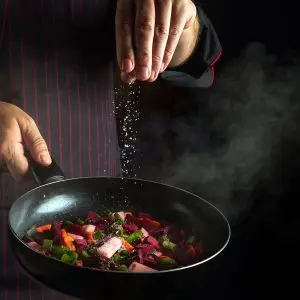
Conclusion (And Why People Still Choose Them)
Induction hobs offer an impressive combination of speed, efficiency, and control—but they’re not perfect. The need for suitable cookware, higher upfront costs, and reliance on electricity may not suit every household.
That said, if you’re after a modern, energy-efficient, and safe cooking experience, an induction hob could be the ideal choice. Just be sure your pans—and your expectations—are ready.
- All Posts
- Cooker Hood Guides & Advice
- Dishwasher Guides & Advice
- General Appliance Guides & Advice
- Hob Guides & Advice
- Laundry Guides & Advice
- Microwave Guides & Advice
- Oven Guides & Advice
- Wine Cooler Guides & Advice
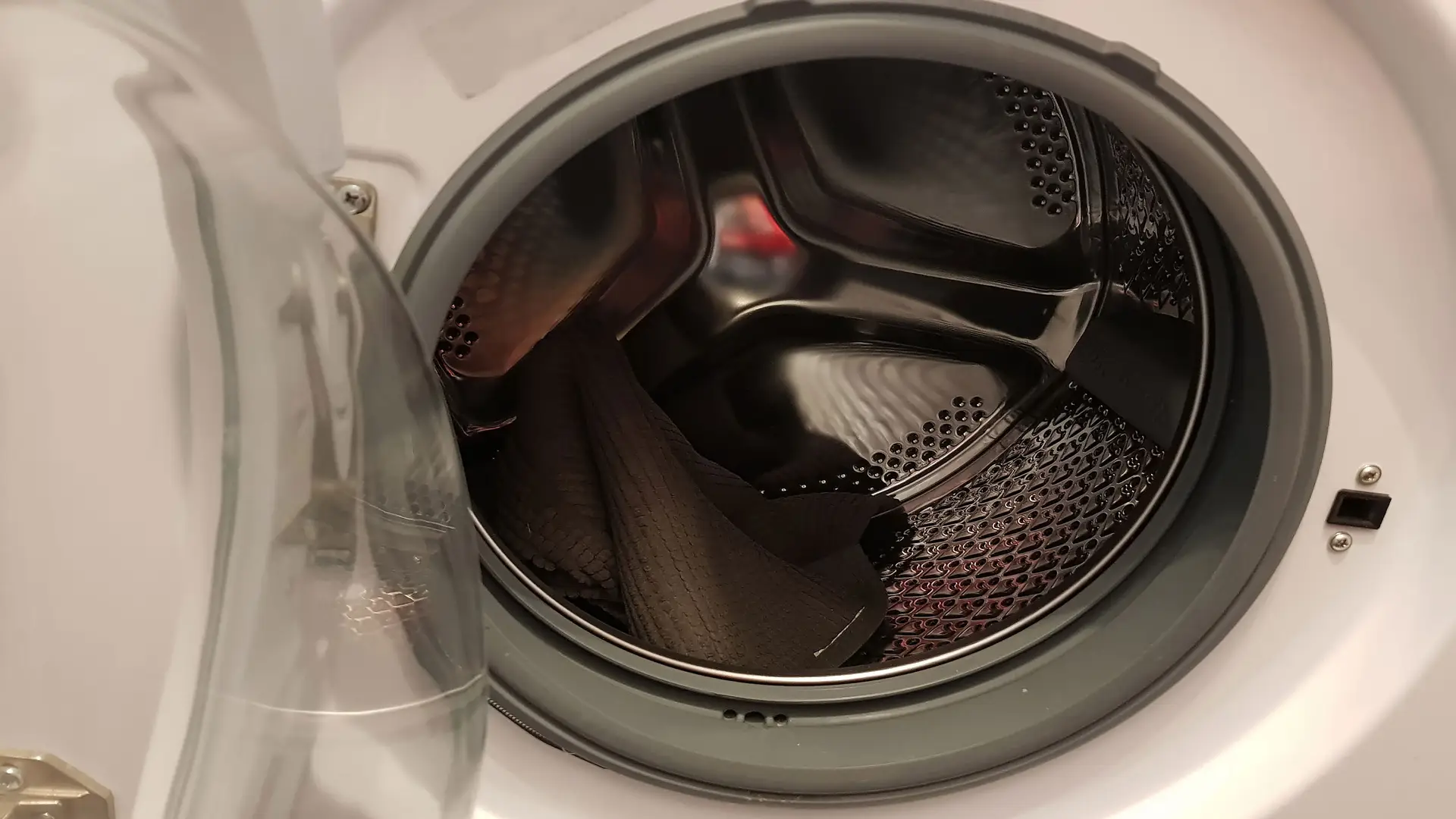
Discover why leaving your washing machine door open prevents odours and mould. Learn the best post-wash habits to keep your...
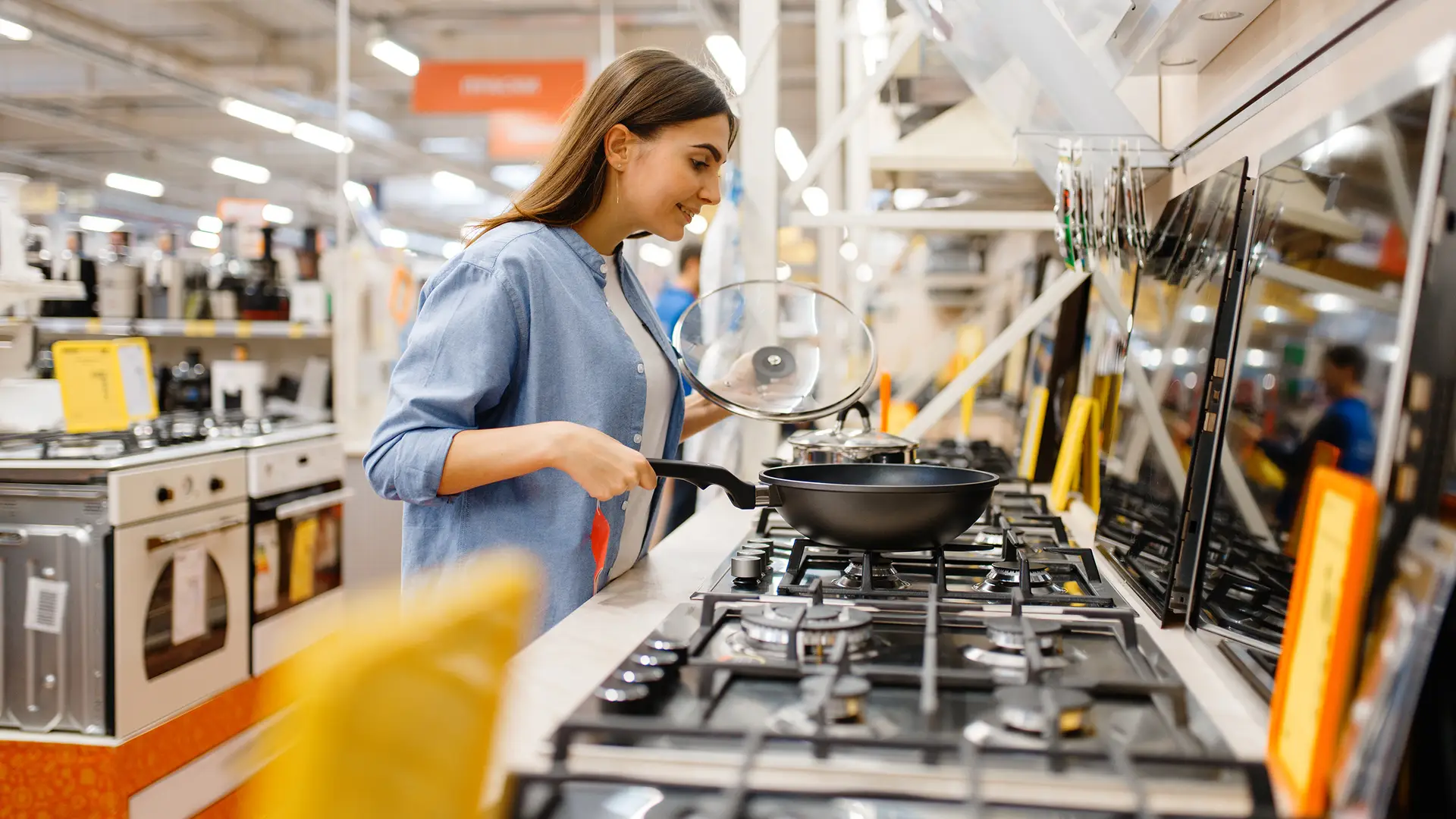
Get the right hob for your kitchen with these key buying questions. Learn about size, type, energy use and features....
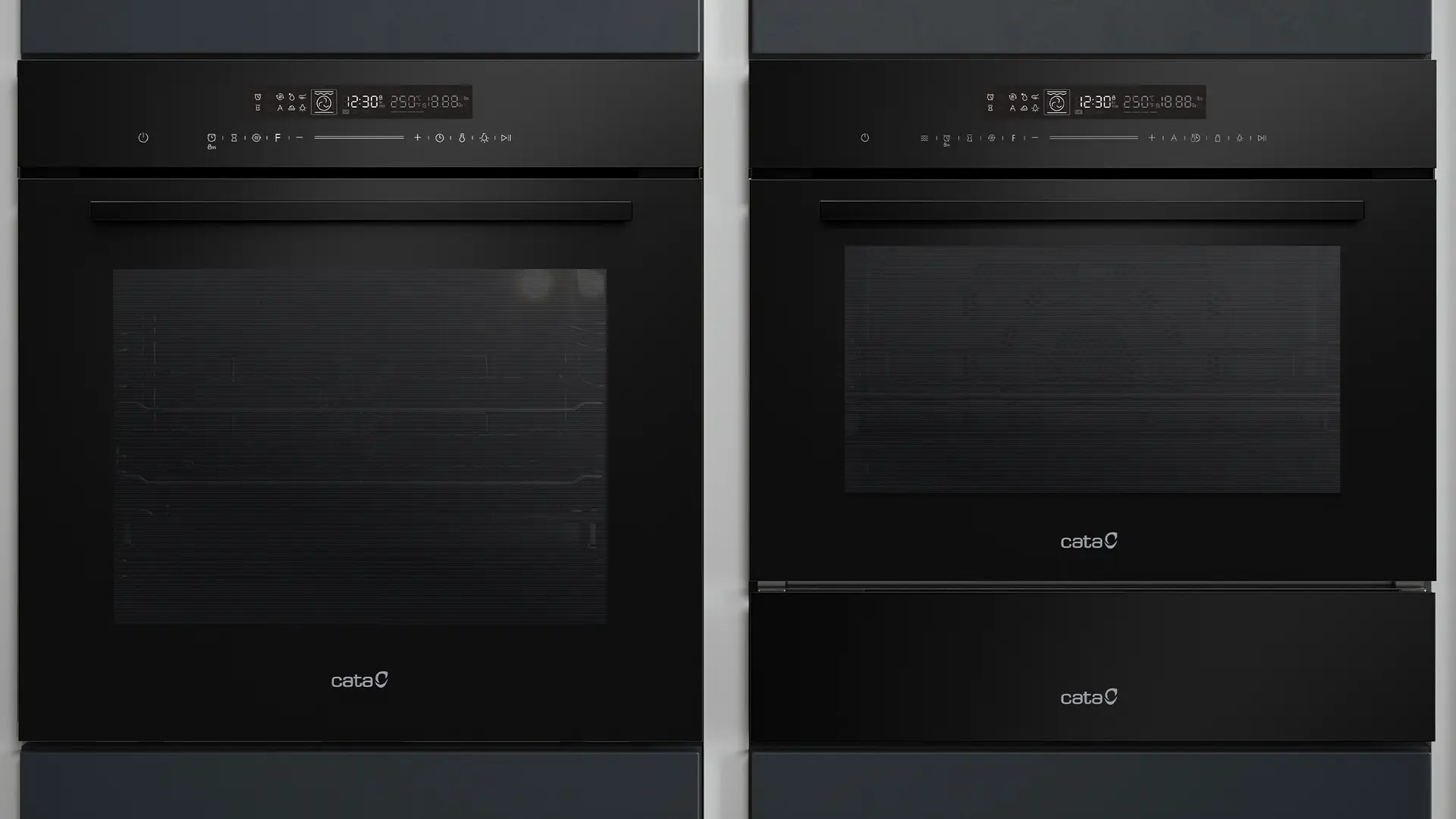
Learn why appliance warranties are essential for peace of mind and savings. CATA offers 5 years parts and up to...

Discover the best spots to install your wine cooler for convenience and style. Read CATA’s quick guide and find your...
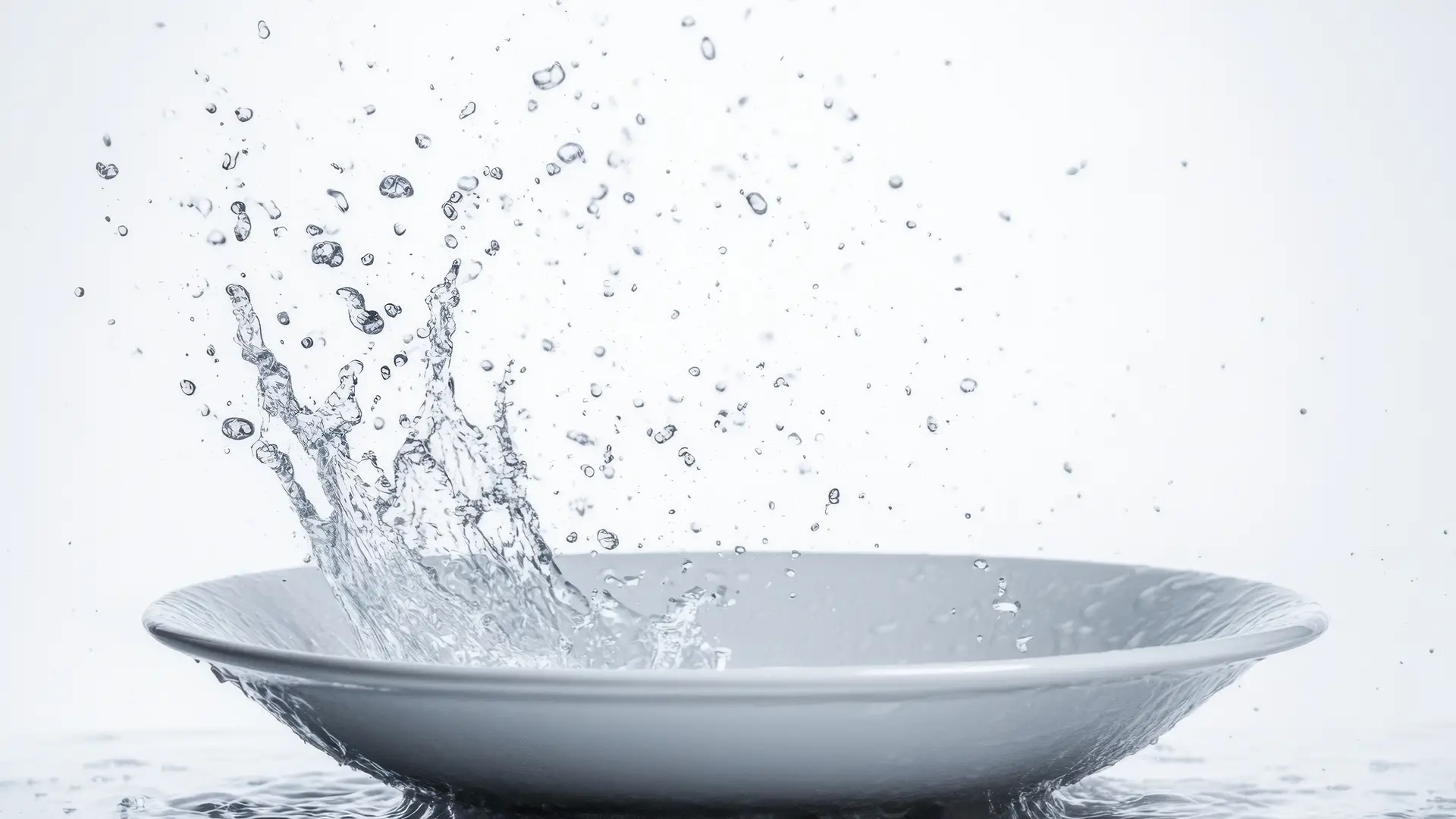
Home / Appliance Guides & Advice How Much Water Does a Dishwasher Really Use Per Cycle? Many people assume dishwashers waste...
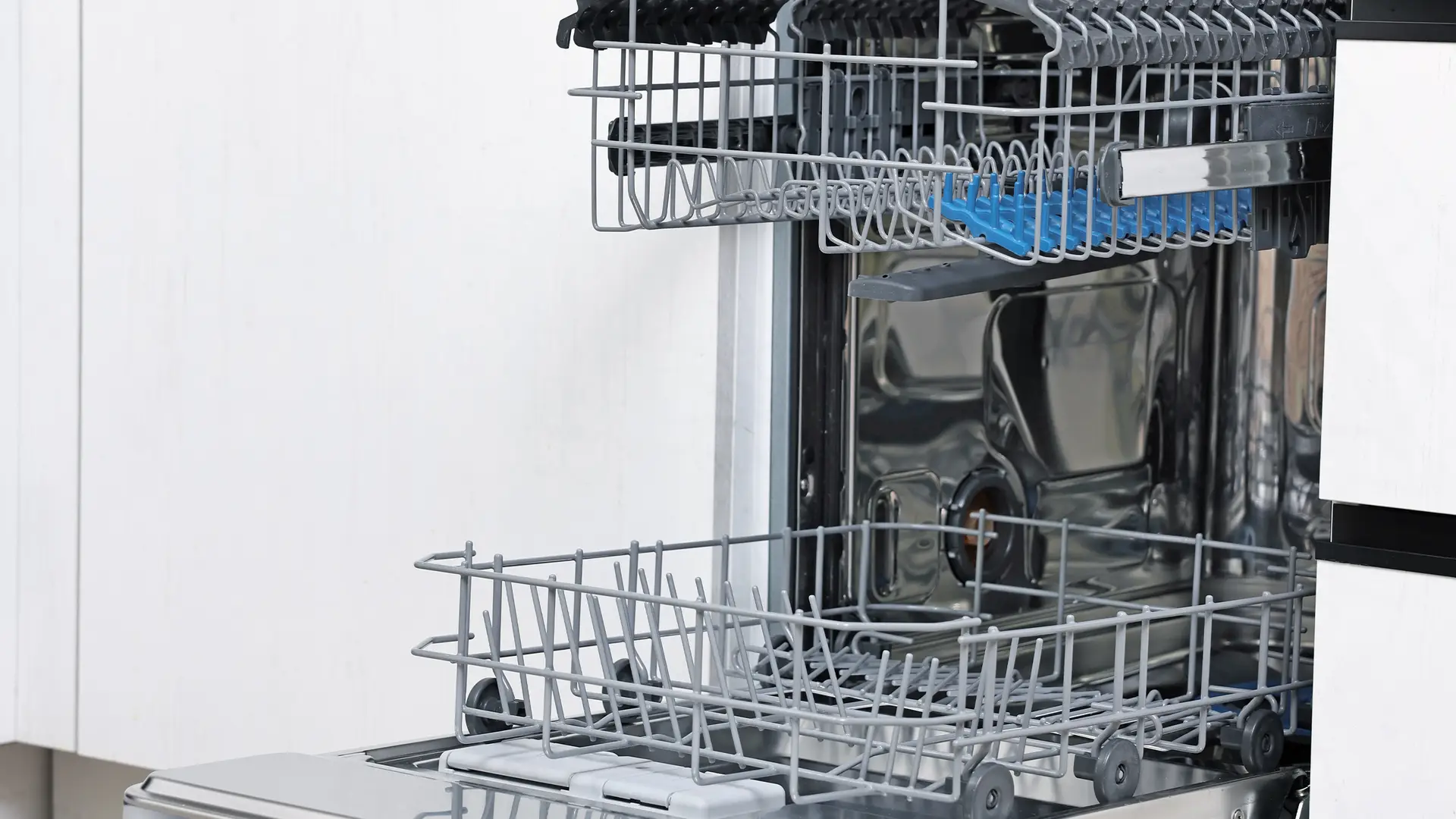
Discover if a slimline dishwasher is worth it for your kitchen. Learn the pros, cons, and ideal uses — find...
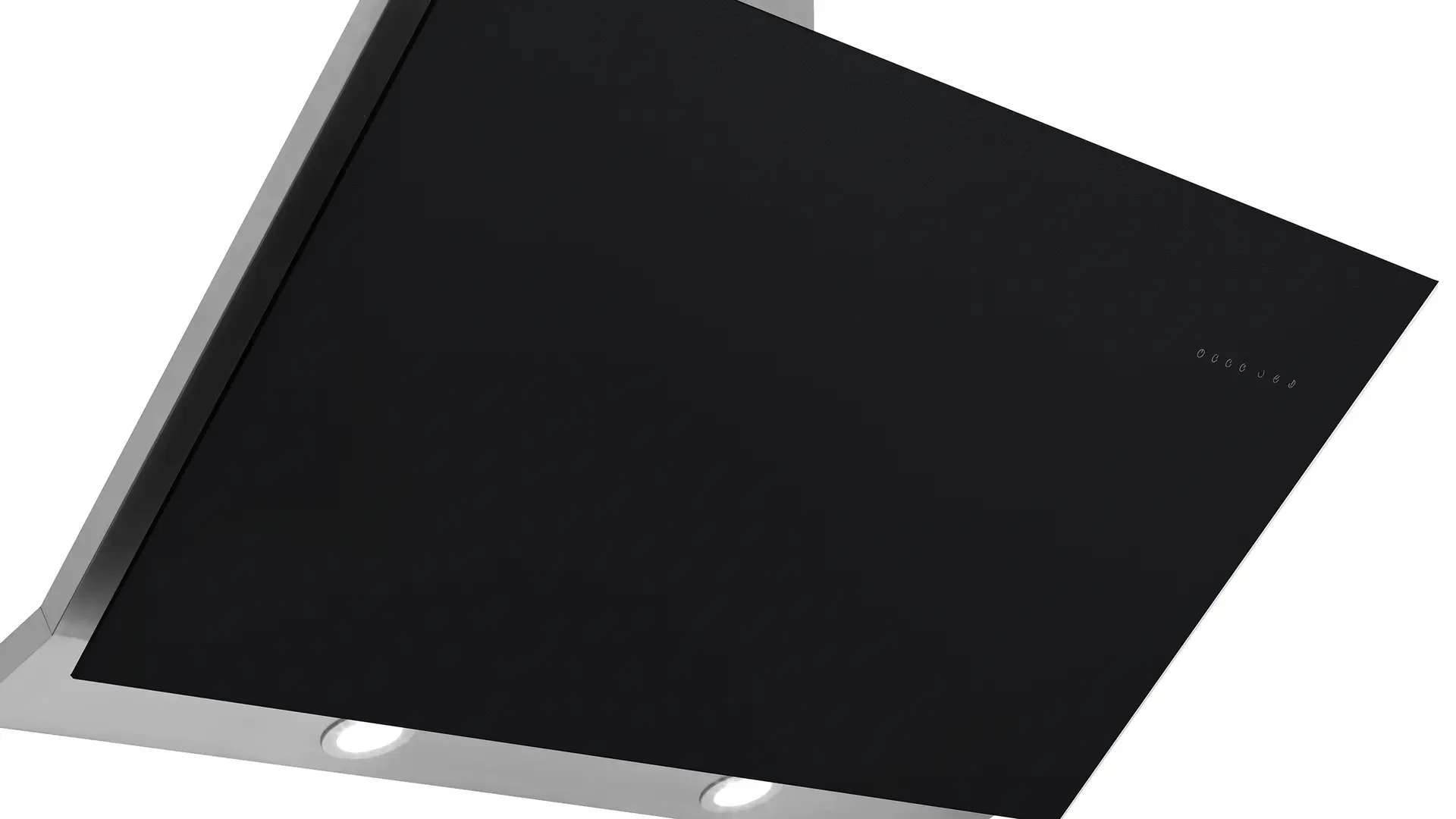
Discover whether an angled or chimney cooker hood suits your kitchen best. Compare pros, cons, and design tips to make...

Notice heat escaping or uneven cooking? Learn the key signs your oven seal needs replacing and how to fix it...

Learn how fan ovens let you cook two dishes evenly at once. Save time and energy with CATA’s fan-assisted ovens...